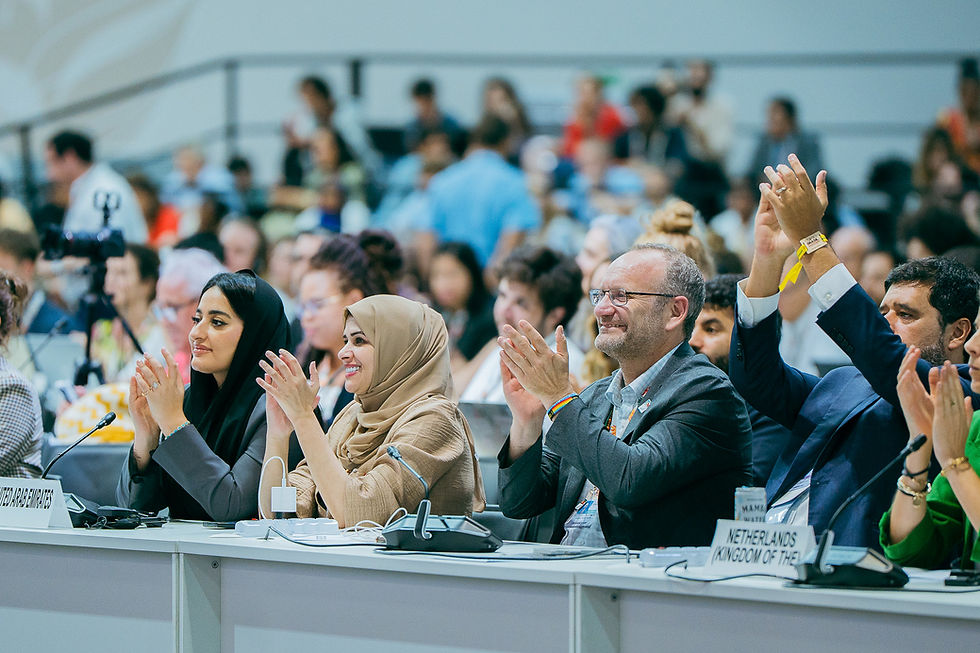The Fall Armyworm (FAW) and its Control in ASEAN
- Grahame Dixie Executive Director, Grow Asia
- Dec 3, 2019
- 2 min read

Grow Asia was invited by the ASEAN Secretariat to present the case for a regional approach to managing the Fall Armyworm (FAW), a pest that has severely affected maize crops. It is now spreading rapidly across the Asian continent.
To put that threat into context, consider this: ASEAN has an annual demand for around 50 million tonnes of maize, amounting to nearly USD 8.25 billion. Two thirds of the demand for maize are regionally grown while one third is imported. If left uncontrolled, this pest could easily cause damage worth USD 500 million per year in terms of lost income for farmers, increased imports, and consequential increases in the prices of many of the region’s meat and fish products.
As such, Grow Asia partnered with the Vietnam Ministry of Agriculture and Rural Development (MARD) to present a three-part ASEAN solution:
Part One: Aim to better manage the FAW through the rapid introduction of control methods that have been proven effective. This includes seed treatments, pest monitoring, precision application and smart sprays.
Part Two: Develop low cost, environmentally sustainable and biological FAW control methods that are adapted to ASEAN.
Part Three: Develop a regional communications strategy for two purposes:
Firstly, create a regional network of FAW researchers, scientists and technicians to enable rapid cross learning of emerging good practices, inputs from global experts, and a more rational division of comprehensive program to develop a portfolio of practical FAW farm management techniques.
Secondly, create communication tools and information packages needed to get the effective and environmentally sensitive practises for controlling FAW out to smallholder farmers across ASEAN. The aim would be to save the region some $400 million of losses annually as reliance on maize imports decreases.
One element of the strategy will involve creating a regional network of researchers and technicians to facilitate the rapid exchange of the emerging ASEAN good agricultural practices. The second element will focus on being able to communicate at scale to the region’s maize producers about smart Fall Armyworm management practices. The benefits of such a program are significant.
Although the Fall Armyworm is expected to become endemic in much of the ASEAN, experience from Central America demonstrates that the pest can be managed. If the pest is managed using this three-pronged solution, overall losses could be as low as 3% per annum, instead of 10 – 14% as currently predicted.
There is buy-in from ASEAN member states, but the question now is how do we fund this? Estimates from MARD indicate that it would be around USD 5 million.
If you are interested in contributing towards these plans, or have comments on how they can be improved, please do not hesitate to get in touch with me directly at grahame@growasia.org or to the wider Grow Asia team at info@growasia.org.



